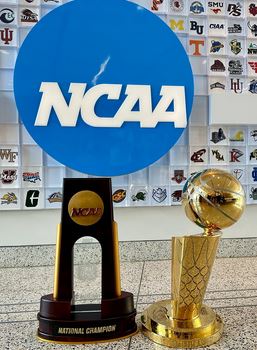Podcast: Play in new window | Download
Subscribe: RSS
Congratulations to the Florida Gators men’s basketball team and the Connecticut Huskies women’s team. Both emerged as the 2025 national champions of college basketball.

The Florida Gators captured their third March Madness national championship with a hard-fought 65-63 win over heartbroken Houston on Monday night. It was Florida’s first men’s title since 2007.

For UConn, their 82-59 blowout victory on Sunday over South Carolina was the school’s record-setting 12th national championship. That is four more titles than second-place Tennessee. Legendary Lady Vols coach Pat Summitt collected eight national championships during her years in Knoxville.
The Houston Cougars ran out of gas against Florida
In Monday night’s men’s championship finale, the Houston Cougars were seeking their first national championship in school history. It was Houston’s 7th appearance in the NCAA Final Four and third time to play in the title game.
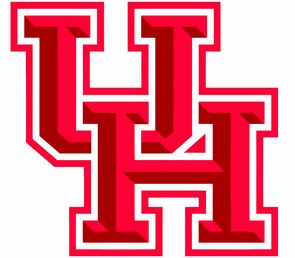
After losing a 12-point second half lead against Florida, Houston fell to 0-3 in championship game appearances (their first since 1984).
In one of sports’ great ironies, the Cougars were the team which pulled-off a miraculous rally in the final minute against Duke in the semifinals to win 70-67.
During Monday night’s championship game against Florida, Houston appeared to lose concentration coming down the stretch. Committing four turnovers in the final two minutes certainly didn’t help matters for the Cougars.
Florida and Houston put on a defensive clinic Monday night. The stress of the big game caused top players on both teams to miss shots as neither team connected on 40% from the field.
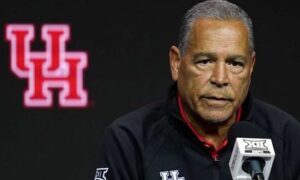
For Houston Coach Kelvin Sampson, his Cougars have posted their fourth consecutive season with 32 or more wins. That’s an amazing feat!
Houston has won 132 games against just 20 losses in the past four seasons. Having a 87% winning percentage looks great, but a first national title for the University of Houston would have been much more satisfying.
In the end, it was Florida which converted a few key baskets and free throws down the stretch to take home the 2025 men’s basketball title.
Congratulations to the SEC’s Florida Gators!
TV ratings soared at CBS but dropped like a rock at ESPN
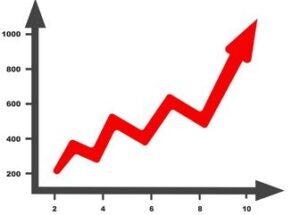
For CBS, Saturday’s men’s Final Four telecast recorded 16 million viewers for Houston’s thrilling rally to beat Duke. The network tallied nearly 15 million fans for the earlier game as Florida pulled away from Auburn to win the opening national semifinal game.
The two men’s semifinal games enjoyed a 20% ratings increase over 2024.
Some of that increased fan interest came from having all four #1 seeds participating in the men’s semifinal games for just the second time ever.
On the women’s side, Friday night’s doubleheader on ESPN attracted about four million viewers for the two semifinal games. That was significantly lower than the 11 million fans watching Caitlin Clark’s Iowa Hawkeyes storm into the finals last season.

For women’s college basketball, this sizable drop in viewership is disappointing. It still represents a net gain from 2022 when about three million home viewers watched the women’s Final Four games prior to Caitlin Clark becoming a nationally known star.
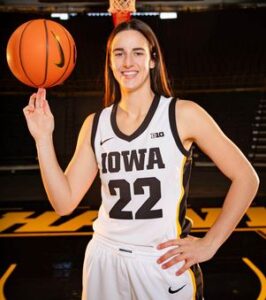
Iowa’s Caitlin Clark became women’s basketball’s version of Indiana State’s Larry Bird back in the late 1970’s. Both prolific scorers captured that nation’s imagination and grew additional interest in the sport.
The Duke Blue Devils are a historical reference point for what has changed in college basketball
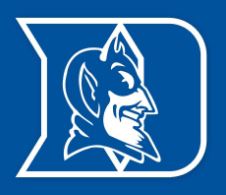
I admit to being a long-time Duke basketball fan. Beginning with the advent of cable television in the mid-1970’s, I loved to watch Jim Spanarkel, Mike Gminski, and the rise of Duke and ACC basketball.
The 1980’s and 1990’s brought Duke’s record-setting coach Mike Krzyzewski along with memorable players like Johnny Dawkins, Christian Laetner, Bobby Hurley, and Shane Battier.
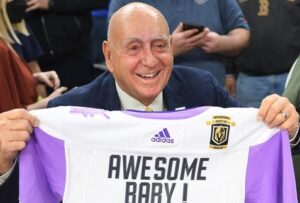
ESPN’s legendary basketball analyst Dick Vitale was courtside to add more excitement at many of Duke’s classic games.
Duke became a television fixture during NCAA March Madness men’s tournaments. The Blue Devils regularly advanced to the Final Four and national title games.
In 2006, the NBA caused big changes for college basketball
The pro basketball league changed its rules to allow college hoopsters to be drafted just one year after the player had finished high school.

Highly recruited men’s basketball players with professional goals (and who doesn’t have that dream, right?) signed scholarships to play for colleges receiving national television coverage such as Duke, Kentucky, and Kansas. The highly touted players wanted to maximize their national visibility during their “one-and-done” first and only year in college.
This period worked to erode of the student-athlete era in college basketball.
Some freshman basketball players dropped out of classes after the basketball season ended midway through the spring semester. Their faux interest in academics was jettisoned in order to prepare for a possible first or second round selection in June’s NBA draft.
College basketball coaches also had to adapt quickly.
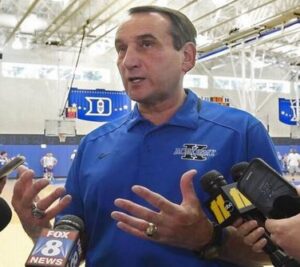
The coaches are judged by their wins and (sadly) not by their players’ GPA and graduation status. It’s either win games or find a new profession. Some coaches heavily recruited the likely one-and-done high school basketball players in order to gain an edge in the short term.
Fans of college basketball quickly started to lose their personal connection with men’s players at their schools. Watching players for at least three years (prior to the NBA’s 2006 rule change) allowed fans to develop a greater bond with players.
Fans said good-bye to “one and done” standout freshman college players like John Wall (Kentucky), Anthony Davis (Kentucky), Kyrie Irving (Duke), Andrew Wiggins (Kansas), and Zion Williamson (Duke).
If you didn’t like 2006, the year 2021 brought an end to amateurism in major college sports
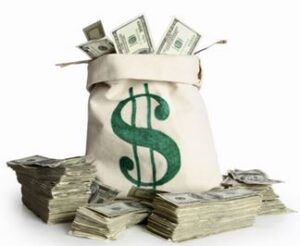
A July 1, 2021 ruling by a Supreme Court justice marked the beginning of the end for amateur college athletics. The judge ruled that an athlete may receive monetary compensation for his or her name, image, and likeness (NIL). The lack of national guidelines for NIL payments has created a “wild west” of financial payments going to players for little or no incremental efforts.
By December 2021, the NCAA had implemented its new Transfer Portal rules.
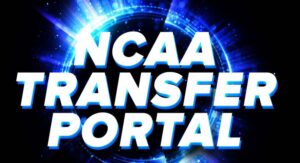
College athletes were free to transfer from their current school to another and immediately participate in sports. Prior to that ruling, a transfer had to sit-out one year prior to regaining eligibility to play in his or her sport at the new institution.
In response to these rulings, the NIL monetary offers for major college basketball and football players are growing exponentially by the year. Some college athletes are making more than the minimum salary paid by the NBA ($1.1 million) or NFL ($840,000).
At most Division 1 athletic programs, this NIL loot is being paid to athletes in addition to traditional athletic scholarships which cover the costs of academics, room, and board.
How do fans of college athletics feel about these changes?
This weekend’s college basketball Final Four television ratings indicated that most fans don’t seem to have an issue with these recent changes.
The college athletes are still the same athletes – whether they are paid hundreds of thousands of dollars today or nothing (OK, legally speaking) just a few years ago.
If you have purchased a ticket to watch an athletic event at a major university within the past few years, you likely have received follow-up emails requesting donations to help the school’s new NIL “collective”.

Colleges and universities want the fans (of course) to donate extra money to help pay for buying higher quality athletes.
The NBA still has its phony “one and done” rule. The NFL still requires future football players to be three years removed from high school prior to entering their annual draft.
As some colleges offer increasing amounts of money for top athletes, more are transferring to the higher profile ($) schools in pursuit of more cash. Some top athletes are even delaying their decision as to when to jump into the professional ranks.
For example, what if Duke’s All-American freshman Cooper Flagg received a multi-million dollar offer to stick around in college for another year or two rather than jump to the NBA?
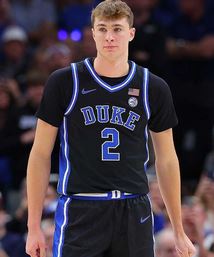
The school might even add an large insurance policy worth $100 million to sweeten the pot in the event the player suffered a career-ending injury in college.
Once a top athlete declares for a professional sports draft, there is no guarantee that the player will even make the final roster of that team.
Expect to see more top athletes stick around school for another year or two to obtain that Master’s degree (wink, wink) as long as the college NIL bank keeps depositing big checks.

Taking a “sure thing” monetary offer from a college for one more year may be smarter than taking the risk of being cut during a professional sports team’s training camp.
Welcome to the new reality in college sports!

